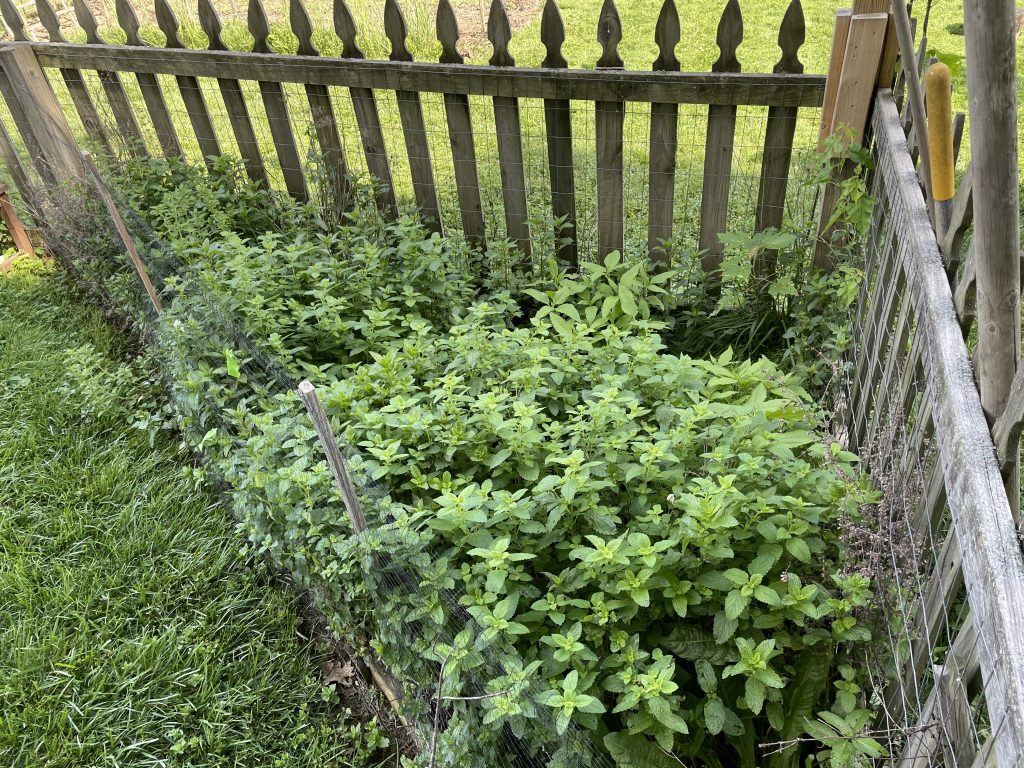The industrialization of agriculture has been, without argument, very successful. It’s successful in that it produces large surpluses of high-calorie food. But it’s successful in that it’s effective, not necessarily efficient. Coop farming and companion planting have proven to be far more successful in the latter when measuring yield per acre, but subsidies motivate the former. Endless swaths of feed corn are not symptomatic of a natural symbiosis. Instead, they’re exploitative.
They’re also naturally particular. Plants that grow well in their original form, without genetic manipulation, are lower-yield but far less demanding of intervention. But the low yield excludes them from agriculture, as they are not cash crops. They are relegated to home gardens and their native environment. Forgotten or ignored. The province of hobbyists.
And as a hobbyist, it presents an unconventional opportunity: foraging. Or even more unusual: cultivated foraging.
First attempts at an herb garden were less than successful. The selected patch wasn’t nearly sunny enough for everything, and some of the initial selections turned out to be uncontrollable, e.g. mint. But the uncontrolled were still culinarily desirable, so they were left to be – picked as needed and then ignored.
Then I considered what else might fit with the patch? What else could compete alongside the verdant aggressors, hold their own, and still serve a purpose in the kitchen? Then I discovered the Jerusalem artichoke. A native, edible, perennial sunflower? That spreads wildly with few soil requirements? Sounded like a good candidate to me.
Apparently they’re still common in French cuisine (go figure), but fell out of general favor due to their affiliation with “poor people food”. Like cassava I guess. Perceptions drive people to make odd choices. Barbecue is technically poor people food, but you don’t find many elites snubbing their noses at it.
It’s also something that had to be sourced through online nerds, just like the hops. And true to their reputation, they started growing quick with little care.
Their name is a misnomer. They’re neither from Israel nor are they related to artichokes. And the tomato isn’t Italian, and the potato isn’t Irish. These are all American natives and I’m taking them back. Cultural appropriation countered!
On this continent, they’re more often called sun chokes. I briefly called them “Jew chokes” and “choke a Jews”, (I’m not feeling particularly pro-Semitic currently, what with the genocide and all), but settled on “feist chokes”, after the stupid dog kept eating and regurgitating them, prompting a net to be installed.

So now we have what I call the Forage Patch. It’s overgrown, resistant to organized cultivation, but all useful for food and drink, and all planted intentionally. It’s an unconventional approach to gardening, and falls more under the classic “kitchen garden”, rather than the “victory garden” concept, but it’s proving to be useful regardless. I’ll be curious how the feist chokes cook up.
–Simon
